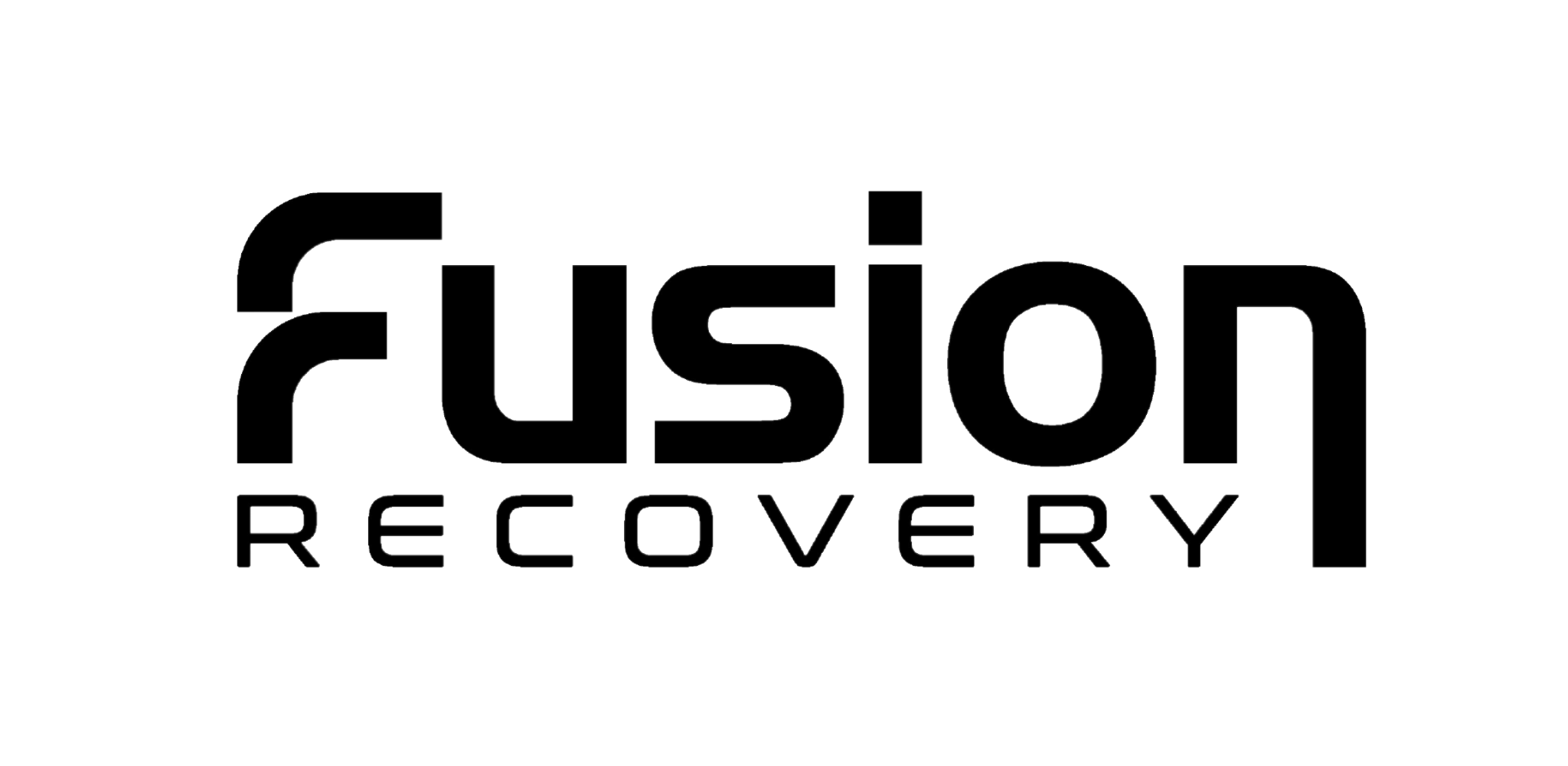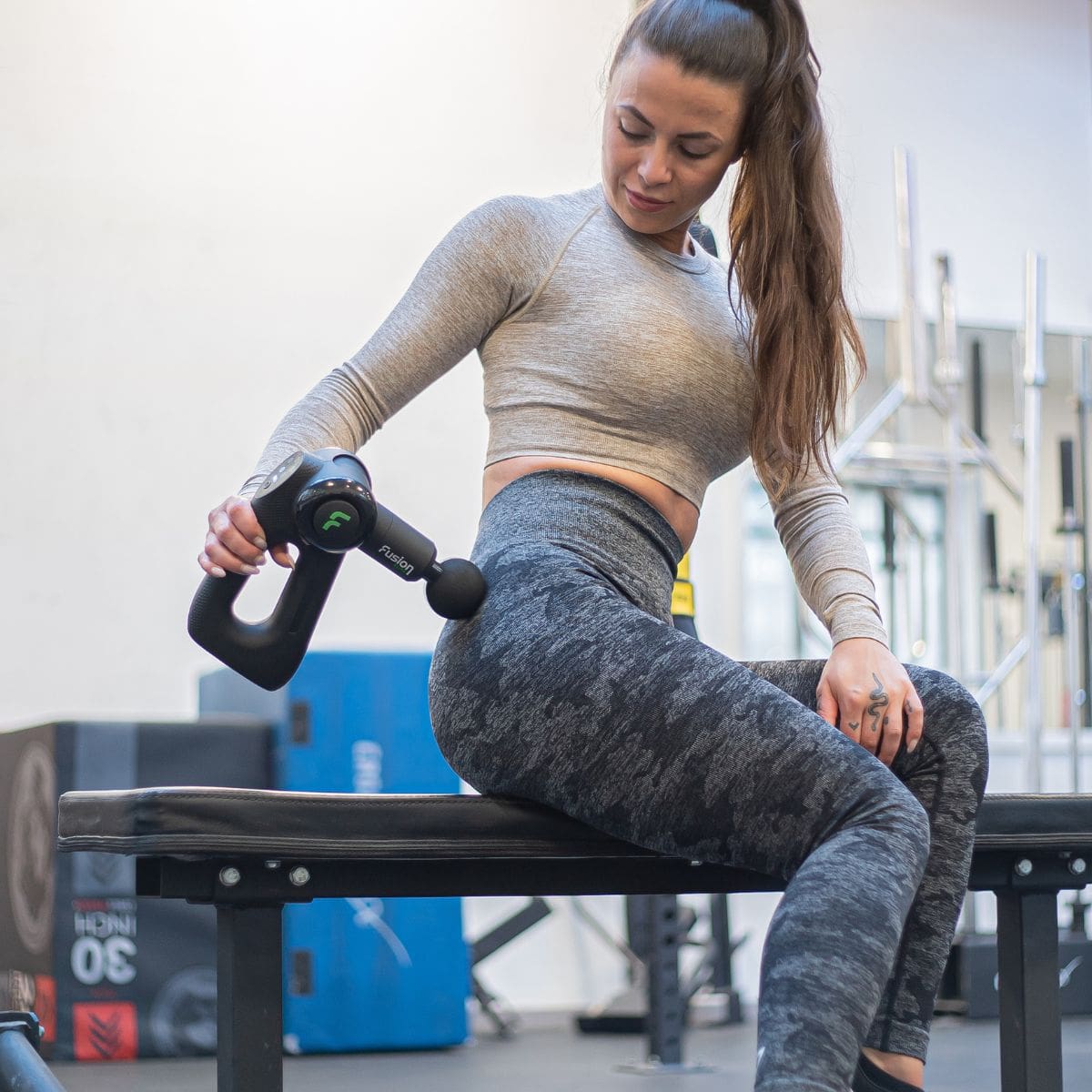Trying to tell the difference between DOMS and muscle injury can be a little daunting.
Both forms of muscle pain can make it difficult to move and may be accompanied by similar levels of discomfort.
However, they are two very different conditions that require different treatments. If you find yourself with achy muscles after working out, it's important to understand the difference between delayed-onset muscle soreness and muscle injury so that you can take the appropriate steps towards recovery.
To separate facts from fiction, we've put together a comprehensive guide on DOMS vs. muscle injury. Keep reading to gain a better understanding of these two conditions.
DOMS vs Muscle Injury Explained
Understanding the differences between DOMS and muscle injury begins with understanding what each condition is. Let's take a closer look:
DOMS
An acronym for delayed-onset muscle soreness, DOMS is a type of muscle soreness that occurs after an intense exercise or physical activity.
It's the type of pain you feel when your muscle tissues are aching and stiff due to the strain of a tough workout or any other form of physical activity. DOMS usually begins within 24 to 48 hours after exercise and peaks around 48 to 72 hours later.
The levels of discomfort vary from person to person, but the pain is usually dull and achy. No bruising, swelling, or redness is associated with DOMS.
Muscle injury
If you've ever suffered a muscle strain or tear, then you know all too well how painful it can be.
While DOMS is a common and normal part of exercise, muscle injury pain can be more serious. It happens when our muscle fibers are stretched beyond their capacity and tear, resulting in pain, swelling, and sometimes even bruising.
Common activities that can cause muscle injuries include sports, lifting heavy objects, and overexertion. Let's explore just a few of the main differences between DOMS and muscle injury:
How to Differentiate Between DOMS and Muscle Injury
Differentiating between DOMS and muscle injury can be tricky, as many of the symptoms are similar. However, there are a few key differences that can help you distinguish one from the other.
Here's a summarized table on just how these two conditions differ.
| Differences | DOMS | Muscle Injury |
|---|---|---|
| Timing of pain | ✔️ | ✔️ |
| Swelling or bruising | ❌ | ✔️ |
| Limited range of motion | ❌ | ✔️ |
| Pain level | ✔️ | ✔️ |
Now let's dive into the details.
Timing of pain
Perhaps the most significant difference between DOMS and muscle injury is the timing of pain.
With DOMS, the pain is characteristically delayed, usually appearing anywhere from 6 to 24 hours after exercise, as we've mentioned before.
Meanwhile, with a muscle injury, the onset of pain will be immediate and often quite severe.
Let's use a hamstring muscle strain as an example.
This widely common injury is usually the result of overstretching or tearing of the muscle fibers in the back of the thigh. A hamstring strain will often cause a sharp pain that begins very quickly after the incident occurs.
Swelling or bruising
A second major difference between DOMS and muscle injury is the presence of swelling or bruising.
As we mentioned earlier, a muscle injury can cause inflammation, swelling, and even bruising in the affected area due to damage to blood vessels under the skin. With damaged blood vessels, blood can escape and cause discoloration of the skin.
This is in contrast to DOMS, which usually doesn't involve any discoloration or swelling as there is no actual tissue damage involved. DOMS will instead present as an ache or soreness in the affected area.
Limited range of motion

Imagine trying to move your shoulder after dislocating it.
You would likely experience a significant loss of motion due to the pain, inflammation, and swelling resulting from the injury.
This is also often true for muscle injuries. Depending on the severity of the injury, you may not be able to move or use that particular muscle at all.
Again, this is in contrast to DOMS, as the soreness associated with it usually doesn't interfere with how much you can move or use a muscle. But you'll still sure feel it as a bit of a struggle to move that muscle!
Pain level
How long you experience pain can also be a major difference between DOMS and a muscle injury.
DOMS is usually quite short-lived, with symptoms lasting anywhere from a few days to a week at most. However, the pain should gradually subside after that.
On the other hand, muscle injury pain can cause intense and prolonged stabbing sensations that may last for weeks or months, depending on how severe the damage is.
Plus, if not properly treated, the injury can become chronic and cause long-term pain even after it has healed.
These are just a few of the ways you can differentiate between DOMS and muscle injury.
Whether you're an athlete or just trying to stay fit, knowing the difference between DOMS and muscle injury can help you know which one you're dealing with and how to best treat it.
That's what we are going to explore in the next section.
Simple but highly effective methods you can use to treat these two conditions so that you can get back to living an active lifestyle. Let's have a close look!
Treating DOMS and Muscle Injury
While DOMS and muscle injury are two different conditions, the treatments for both can be very similar. Here are a few simple measures you can take to help ease your symptoms and speed up recovery.
DOMS treatments
Finding relief from DOMS is actually quite simple. Here are a few tips to help you out:
Engage in light exercises
While it may feel counterintuitive to exercise when your muscles are sore, it can actually help.
Low-impact exercises like walking or swimming can help increase blood flow and reduce soreness. Stretching can help reduce tightness and improve flexibility after a workout. Focus on the areas that are feeling sore and hold each stretch for at least 30 seconds.
This can help keep the muscles supple and reduce any lactic acid buildup, which can cause soreness.
Get plenty of rest
Taking time to rest is a key part of treating DOMS.
As we've learned, DOMS is caused by tiny tears in your muscles. When you rest your body, it has time to heal and repair these tears.
Make sure to get plenty of sleep and take breaks throughout the day if needed. Additionally, avoid any strenuous activity that may further aggravate your sore muscles.
This way, you'll give your body the time it needs to heal.
Apply ice or heat
Applying ice or heat to where it hurts is a great way to reduce pain and swelling.
Ice helps to reduce inflammation and numb the area, while heat can help to improve circulation and alleviate some of the stiffness that often comes with DOMS. Ice packs can be applied for 15 minutes at a time, several times a day.
On the flip side, heat therapy is usually best done for short periods of time as well. You can alternate between both if you'd like.
Just ensure to wrap any ice packs or heating pads in a towel before applying them to your skin.
Get a massage

Getting a massage is another great way to find relief from DOMS.
A massage can help to loosen up tight muscles, improve circulation, and reduce inflammation. It can also be extremely calming for your body and mind, which can help you relax and manage pain more effectively.
Most people find that getting a massage 48 hours after a workout can help reduce DOMS significantly. Simple ways you can get a massage include using a massage tool or visiting a licensed therapist.
Popular tools for self-massage include leg massagers and massage guns.
Brands like Fusion Recovery give you easy access to these tools for a fraction of the cost of a professional massage session. Whether it's the Fusion Elite or the Air C Pro, they'll help you find relief from DOMS quickly and effectively.
Muscle injury treatment
Finding relief from muscle injury can be a bit more complicated than DOMS as the former is usually more severe. But here are some tips that can help you out:
Get enough rest
Getting enough rest is a key part of treating a muscle injury.
When your body is at rest, it has time to heal and repair any damaged tissues or muscles. Make sure to get plenty of sleep and take regular breaks throughout the day, especially if your injury is causing you pain or discomfort.
What's more, avoid strenuous exercise until your condition has healed properly. This will help ensure that you don't aggravate your injury any further.
Go for physical therapy
Perhaps one of the best ways to find relief from muscle injury is through physical therapy.
This form of therapy helps to strengthen the muscles around the injury and improve flexibility. It can also help reduce pain and swelling and speed up recovery time.
Depending on the type and severity of your muscle injury, your physical therapist may recommend various exercises like stretching or resistance training to help you recover quickly. Also, physical therapy can help prevent future injuries by teaching you proper form and technique when exercising.
Try ice therapy
When you think of ice therapy, you probably think of DOMS.
But it can be just as effective for treating muscle injuries!
Applying ice to your injured muscle helps reduce inflammation, numb the pain, and speed up the healing process. Ice can also be applied directly to your skin (with a towel between you and the ice) for 15 minutes at a time, several times a day.
You can also use an ice pack or cold pack.
Use compression therapy
If you are dealing with a muscle injury, you'll want to make sure that it is properly supported.
Compression can help reduce swelling and keep your injured muscle stable during the healing process. It can also be beneficial for reducing pain.
You can purchase compression bands or wraps at most drug stores or online retailers. Other devices that can provide compression include air compression leg massagers.
Modern models like the Fusion Air C Pro are incredibly effective and provide targeted compression for your injured muscles in your legs. All you have to do is wrap the device around your leg and turn it on for an even compression massage that can help speed up the healing process.
Take anti-inflammatory medications
If you are seeking more immediate relief from your muscle injury, you may want to consider taking anti-inflammatory medication.
These medications help to reduce inflammation in the body and can be helpful in reducing pain and swelling. Non-steroidal anti-inflammatory drugs (NSAIDs) are the most commonly used type of medication for treating muscle injuries.
Examples of common NSAIDs include ibuprofen, naproxen, and aspirin. These medications can be purchased over-the-counter or with a prescription.
Surgery
When all else fails, surgery may be the only viable option for treating serious muscle injuries.
It's typically only recommended for more severe injuries that require rapid healing or if the injury does not respond to other forms of treatment. During surgery, your doctor may remove any damaged tissue, repair tendons and ligaments, or reattach muscles that have been torn away from their attachment sites.
Surgery can also be used to reattach a muscle that has been completely severed.
Frequently Asked Questions
If, after reading this article, you still have questions about DOMS vs muscle injury, here are some answers to help you out.
How long does it take for DOMS or muscle injury to heal?
How long it takes for DOMS or muscle injury to heal depends on the severity of the injury.
In most cases, DOMS can be resolved within 3-5 days. Muscle injuries usually require more time to heal and can take weeks or even months, depending on the severity of the injury.
It is important to seek medical attention if you are dealing with a severe muscle injury, as this will ensure that you are properly diagnosed and treated.
Can DOMS lead to muscle injury?
Yes, DOMS can lead to muscle injury if the soreness is too intense and persists for an extended period of time.
This type of muscle injury is known as myofascial pain syndrome (MPS). It occurs when the muscles become tensed or overworked to the point that they become inflamed and painful.
The pain can be severe and last for weeks or even months without proper treatment.
How can I prevent DOMS and muscle injury?
The best way to prevent DOMS and muscle injury is to make sure that you are following a safe and effective exercise routine.
This means warming up before any physical activity as well as cooling down afterwards. It’s also important to gradually increase the intensity of your workouts over time rather than going full throttle right away.
This way, your muscles can gradually adapt to the increased strain, and you will be less likely to experience DOMS or injury.
Conclusion
Now that you know the difference between DOMS and muscle injury, you can better understand how to tell which one you are experiencing and how best to treat it.
Delayed-onset muscle soreness is a common and expected occurrence after a workout or physical activity, while muscle injuries are more serious and typically require medical attention. Major differences between these two types of conditions include the timing of symptoms, the severity of the pain, and how they affect your range of motion.
Whether you are dealing with DOMS or a muscle injury, taking steps to find relief is important.
Finding relief from muscle injury includes physical therapy, icing, rest, NSAIDs, and, in more serious cases, surgery. For DOMS, you should engage in gentle exercises, get enough rest, apply heat or cold, or even try massage therapy.
By keeping these tips in mind, you can better manage and treat any of the conditions you experience. Reach out to your doctor if you are dealing with a severe muscle injury for more information and treatment options.
By following these tips, you can help your body recover and get back to feeling its best. Feel free to reach out to us if you have any additional questions.



